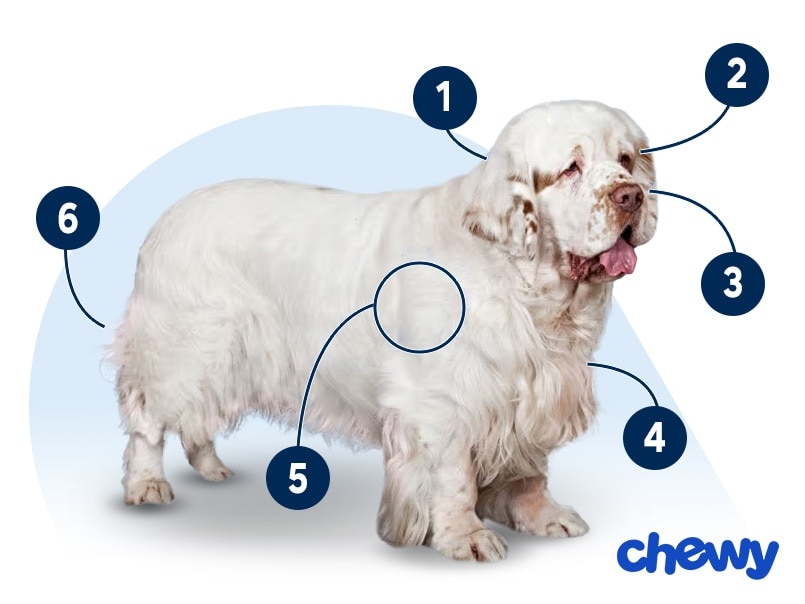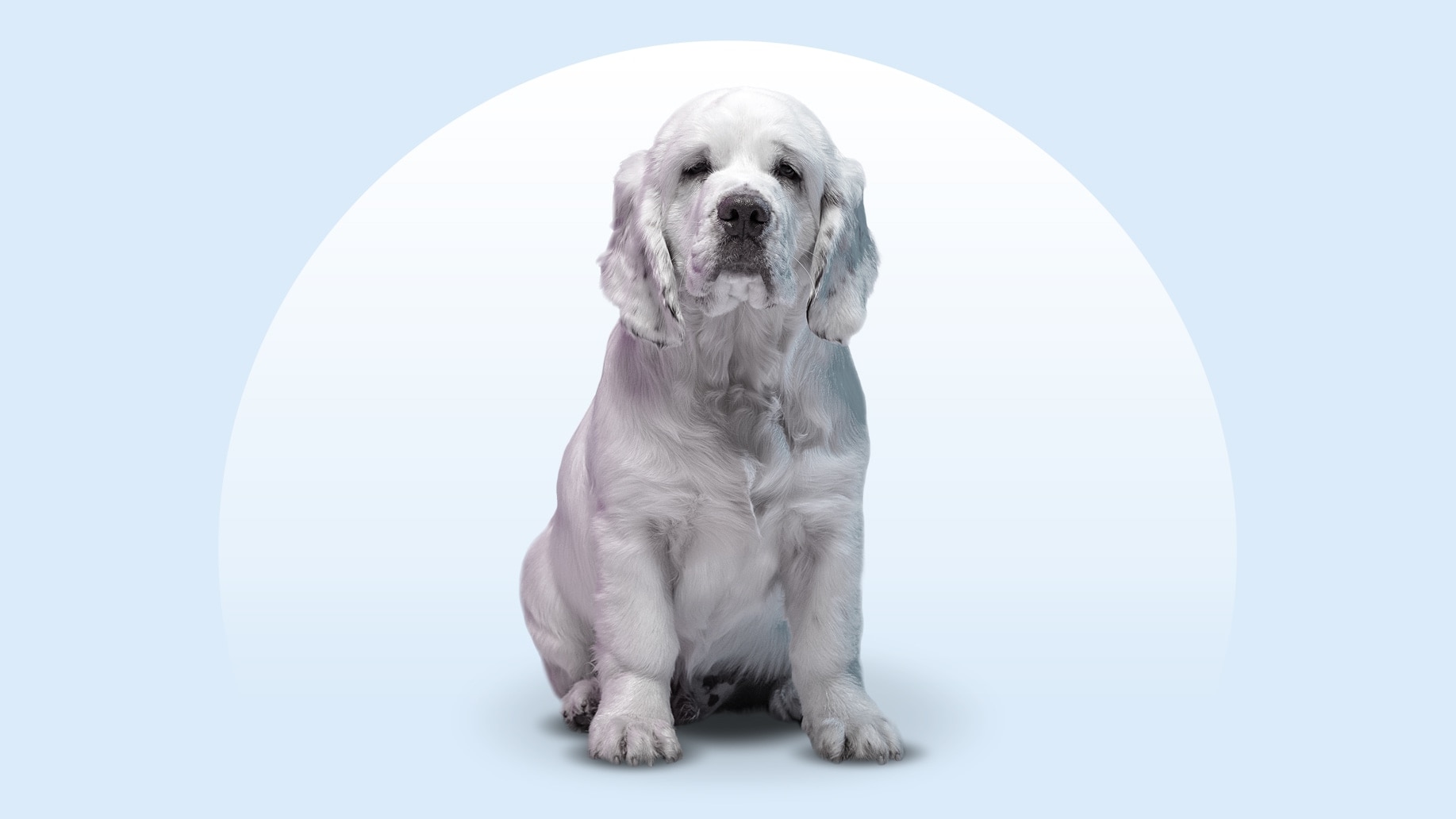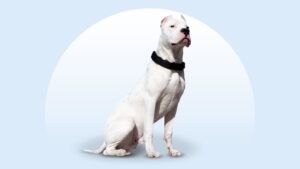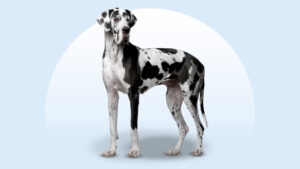Clumber Spaniel
Updated May 5, 2025
Clumber Spaniel
Updated May 5, 2025
Clumber Spaniels are gentle and affectionate pups who want to be by your side 24-7. They thrive in homes with patient dog parents who appreciate their loyalty and enjoy outdoor activities.
Gentle, Affectionate, Laid-Back
Male: 70 to 85 pounds
Female: 55 to 70 pounds
Males: 18 to 20 inches
Females: 17 to 19 inches
10 to 12 years
White with Lemon Markings, White with Orange Markings
Calm. Mellow. Laid-back. No matter which word you use to mean “totally chill,” the Clumber Spaniel has it in spades. Clumbers don’t really get overly excited about much—except maybe an interesting scent that needs to be tracked down. Their happy place is wherever you are. (Who knew large white shadows were a thing?) Sure, they shed a lot (and drool a little), but in exchange for accessorizing your outfits with dog hair, you get a “ride or die” bestie who wants to spend all their time by your side.
Clumber Spaniel Characteristics
Clumber Spaniel Appearance
These low-riders have big bodies on short legs with thick white coats that look—and feel—like soft cotton. Clumber Spaniel dogs, with their powerful hindquarters, deep chests and large feet, were bred for hunting and, true to their sporting histories, are still apt to have their noses to the ground in pursuit of a scent while their feathered tails wag at top speed.

- Ears
A Clumber Spaniel's ears are triangular-shaped and thick with rounded edges.
- Eyes
Their eyes are deep-set, amber-colored and are set in a diamond- or V-shaped rim. A slight furrow between their eyes gives Clumber Spaniels their hallmark pensive expressions.
- Nose
Clumber Spaniels have large, square noses in shades of brown, including beige, rose and cherry.
- Coat Length
Their dense, straight and flat coats are medium in length.
- Coat Color
Their colors are primarily white with lemon- or orange-colored markings. The markings are often prominent on their ears and face, including a sprinkling of freckles on their muzzles.
- Tail
The Clumber Spaniel tail is well-feathered. The AKC breed standard allows for the tail to be docked or undocked. Docking involves cutting a portion of the dog’s tail off when they are puppies. Veterinary groups along with many U.S. states and countries have banned this procedure due to medical and behavioral reasons. If you are interested in this procedure, schedule a consultation with your veterinarian.
Clumber Spaniel Temperament
The Clumber Spaniel’s amiable temperament is one of their best qualities. Want to take a walk? Grab the leash. Prefer to curl up with a book? Make room on the couch. Friends coming over? Watch these pups turn on the charm, turning even those self-described “not dog people” into Clumber Spaniel converts.
This breed is most at home with adults and dogs, but these dogs can be agreeable companions in almost any living situation. Clumber Spaniels with kids? Check. Raising a Clumber Spaniel with cats? Should be just fine. The breed is not known for aggression or biting tendencies and, with proper introductions and respectful playmates, they are easy-going enough to adapt to life both with two- and four-legged family members. (Just be sure to watch these dogs around small kids; the pup may accidentally knock tiny tots over.)
The breed has an almost unflappable personality, but these dogs are smart and can be willful, which means training is a must, and it’s got to be interesting and varied to keep them from getting bored. Start training your Clumber Spaniel as a puppy and continue reinforcing the training—and adding new skills—throughout their lives.
How to Care for a Clumber Spaniel
Clumber Spaniel dogs need a moderate amount of care to keep them healthy and happy. While they tend to be mellow, happy-go-lucky dogs who can adapt to many different environments, providing some exercise and a lot of mental stimulation mixed with ample quality time, lots of grooming and regular training will help these gentle pups thrive.
Grooming
Training
Diet
Exercise
Environment
Clumber Spaniel Health
Clumber Spaniels have a life expectancy of 10 to 12 years, but they are prone to a lot of health issues. This shouldn’t stop you from bringing one of these lovable pups into your home. With the knowledge of these issues, you can help your pup live the healthiest life possible.
- Eye Issues: The same expressive eyes that make Clumber Spaniels so adorable can also be the source of pain and discomfort. The breed is prone to entropion, a condition that causes the eyelid to roll inward. When the hair on the lids rubs against the cornea, it can lead to pain and cause corneal ulcers. Entropion can be corrected with surgery. Clumbers can also get ectropion, which is the opposite issue: It causes the lower eyelid to roll out, exposing the tissues that line the eyelids, leading to dry eye and discomfort. The treatments range from lubricating eye drops and antibiotics to surgery to correct the condition.
- Hip Dysplasia: Large breeds like the Clumber Spaniel are prone to hip dysplasia. This occurs when the ball and socket joint of the hip does not form properly resulting in lameness, pain and arthritis. Depending on the severity of the condition, your vet may recommend physical therapy, anti-inflammatory medications or surgery.
- Intervertebral Disc Disease: Thanks to their long backs, Clumber Spaniels are at increased risk for IVDD. The degenerative spinal condition causes the intervertebral disc (or the material that helps cushion the spaces between the discs) to harden, causing pain, impaired movement and, in severe cases, paralysis. Treatment can range from medications and strict rest to emergency surgery based on the severity.
- Panosteitis: Clumbers are prone to growing quickly in their long bones, which can result in growing pains or panosteitis. This can be quite painful and result in lameness in one or multiple legs. Luckily it is self-limiting and will resolve on its own. Nonsteroidal, anti-inflammatory medications relieve pain and reduce inflammation, as well as restricting your dog’s activity, may help to relieve your dog’s pain until it goes away.
- Immune-mediated Hemolytic Anemia (IMHA): IMHA is a condition in which the body attacks its own red blood cells, resulting in anemia. This may have a genetic component but there is no genetic screening test available. Diagnosis is based on blood tests and treatment often includes steroids, immunosuppressants and blood transfusions.
Clumber Spaniel History
The exact lineage of the Clumber Spaniel is unknown. The breed may have originated in France and later smuggled into England during the French Revolution. Or, they may be the result of crossing Basset Hounds with Alpine Spaniels.
One thing about their history is certain: The breed, named for Clumber Park, the British estate where the Duke of Newcastle helped develop the big-boned spaniel breed, dates back at least as far as the 1700s.
Both King Edward VII and King George V had Clumber Spaniels (King George even bred the dogs, helping raise the profile of the breed), as did Queen Victoria in the 19th century. In fact, the breeding of Clumber Spaniels was once limited to royal estates, and only nobility kept these dogs.
Clumber were bred to hunt, working alongside hunters to flush out game birds. Their thick, white coats made them easier to spot in the brush (and their dignified demeanors and skill at the sport earned them a spot in several notable paintings prized by British aristocrats).
In the mid-1800s, the British-born breed made its way overseas, quickly capturing hearts in Canada and the United States. The Clumber Spaniel was one of the nine charter breeds recognized by the American Kennel Club when it was founded in 1884.
Although the Clumber Spaniel has a long and storied history, it’s one of the lesser-known spaniel breeds. You can find reputable breeders selling Clumber Spaniel puppies through the AKC Marketplace, and spaniel rescues might also have Clumbers available for adoption. Search Chewy’s database of adoptable dogs in your area. Clumber Spaniel puppies cost around $800 to $1,200. But for that, you’re likely getting a pup who’s been screened for health and temperament issues and may come with pedigree papers.
FAQs
Do Clumber Spaniels shed?
Are Clumber Spaniels rare?
How long do Clumber Spaniels live?
How big do Clumber Spaniels get?
Do Clumber Spaniels bark a lot?
Expert input provided by veterinarian Dr. Jami-Lyn Derse DVM, founder of Veterinary Housecall Care LLC and certified dog trainer Marissa Sunny CPDT-KA, canine behavior specialist at Best Friends Animal Society.
Breed characteristic ratings provided by veterinarian Dr. Sarah J. Wooten, DVM, CVJ, a veterinarian at Sheep Draw Veterinary Hospital in Greeley, Colorado; dog trainer and behavior consultant Irith Bloom, CPDT-KSA, CBCC-KA, CDBC, owner of The Sophisticated Dog, LLC, in Los Angeles; and certified animal behavior consultant Amy Shojai, CABC, in Sherman, Texas.
The health content was medically reviewed by Chewy vets.








